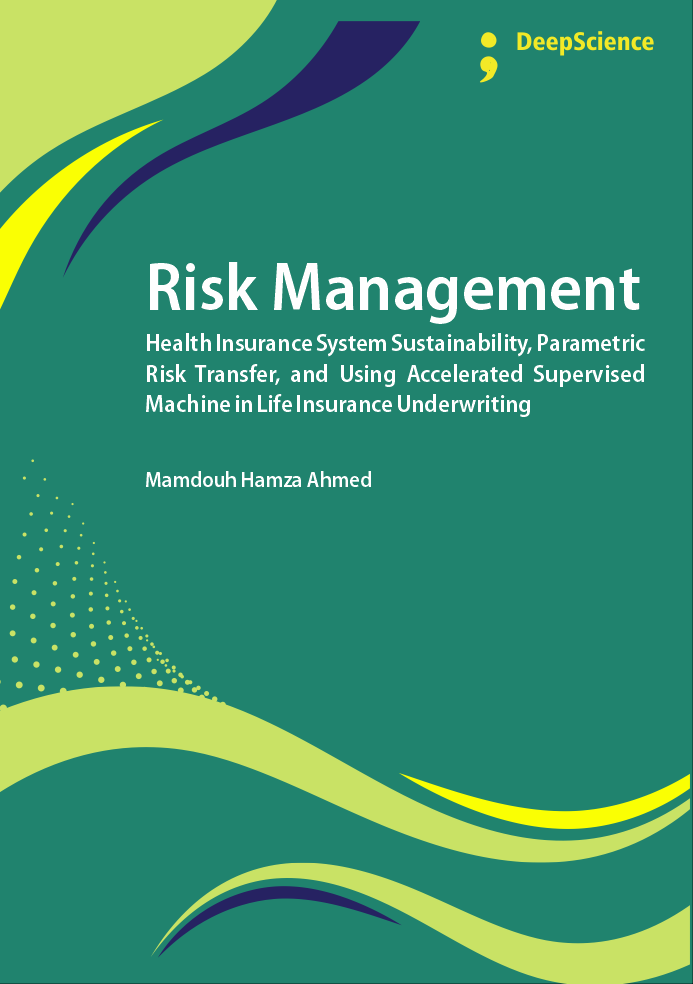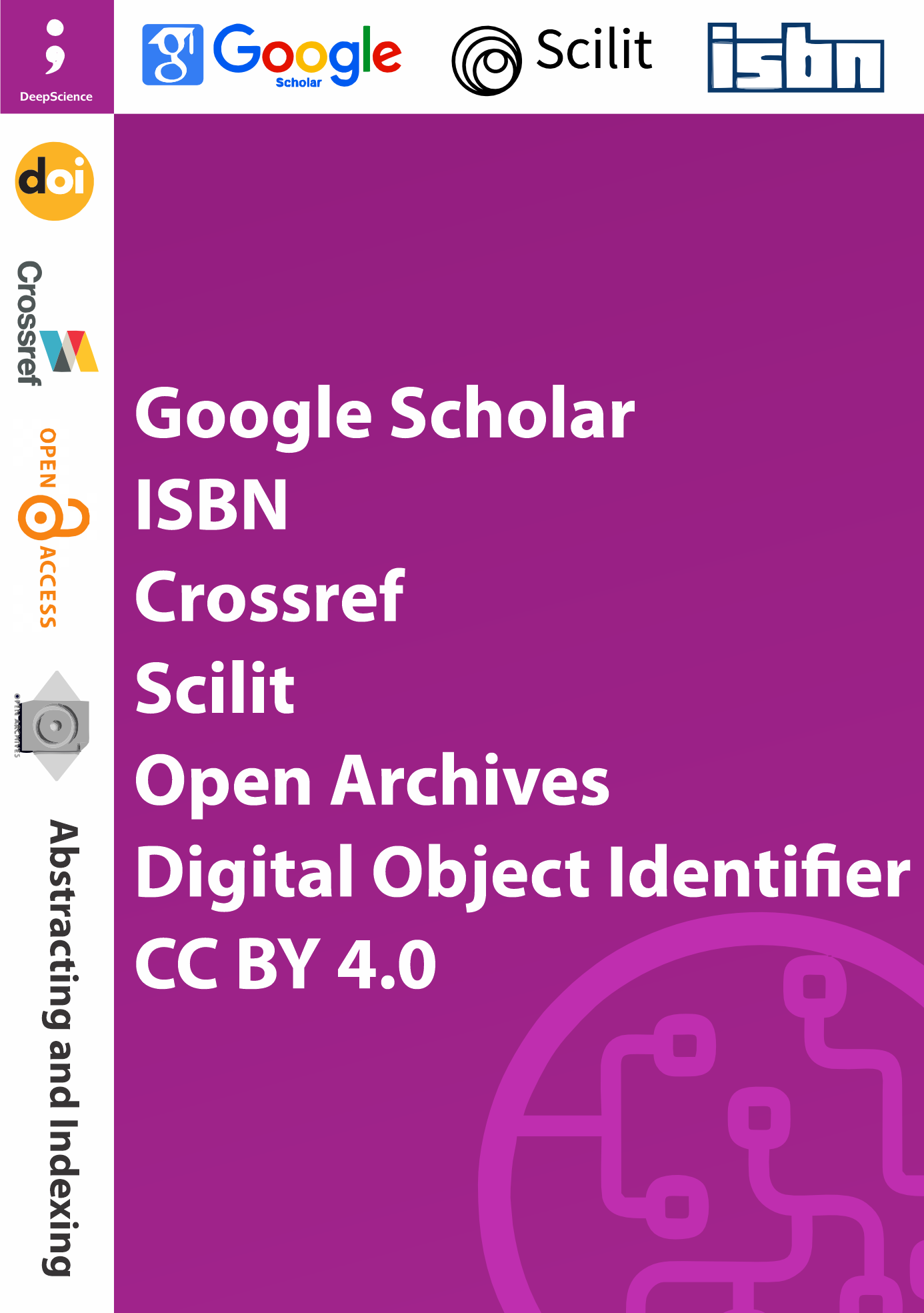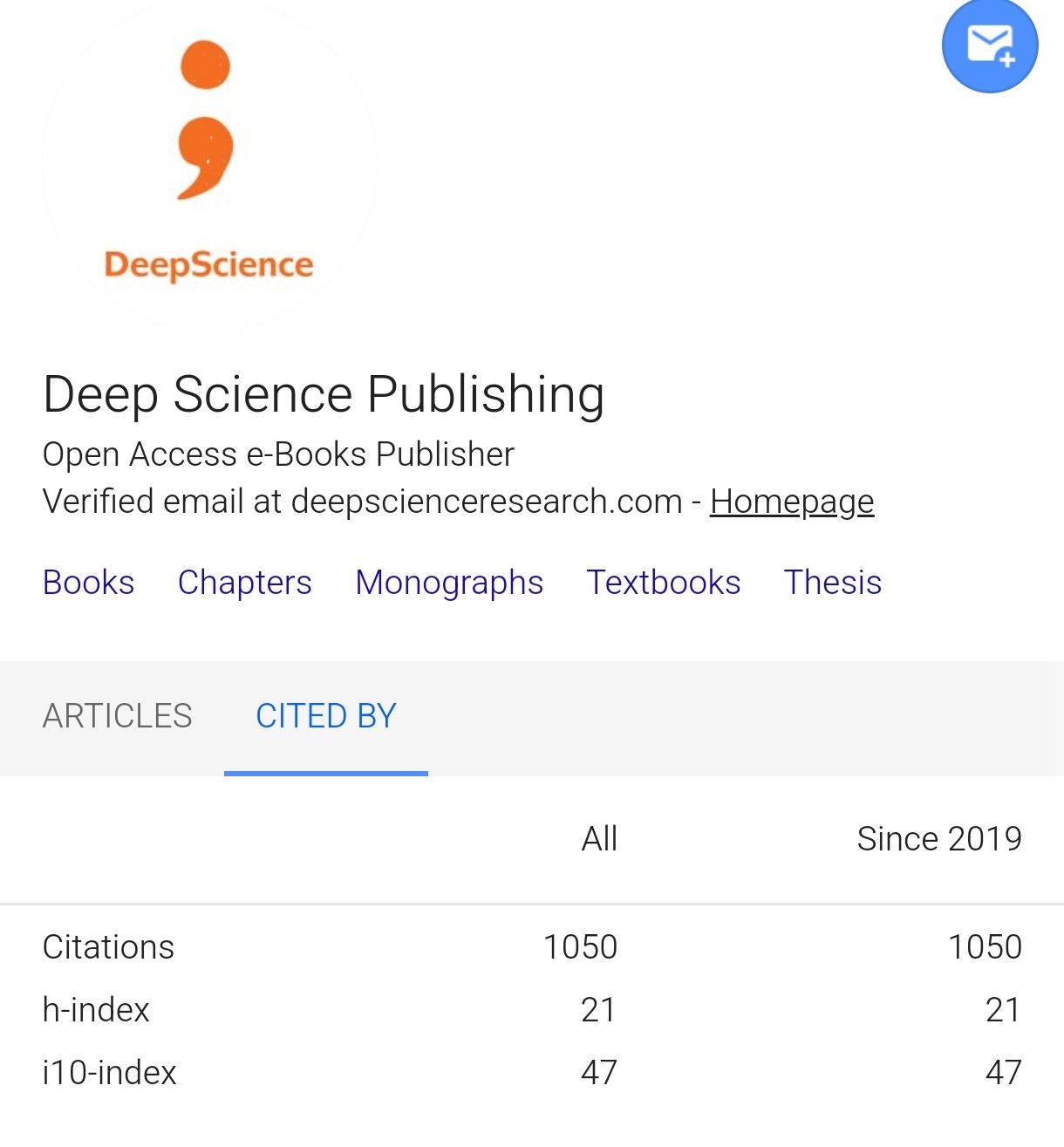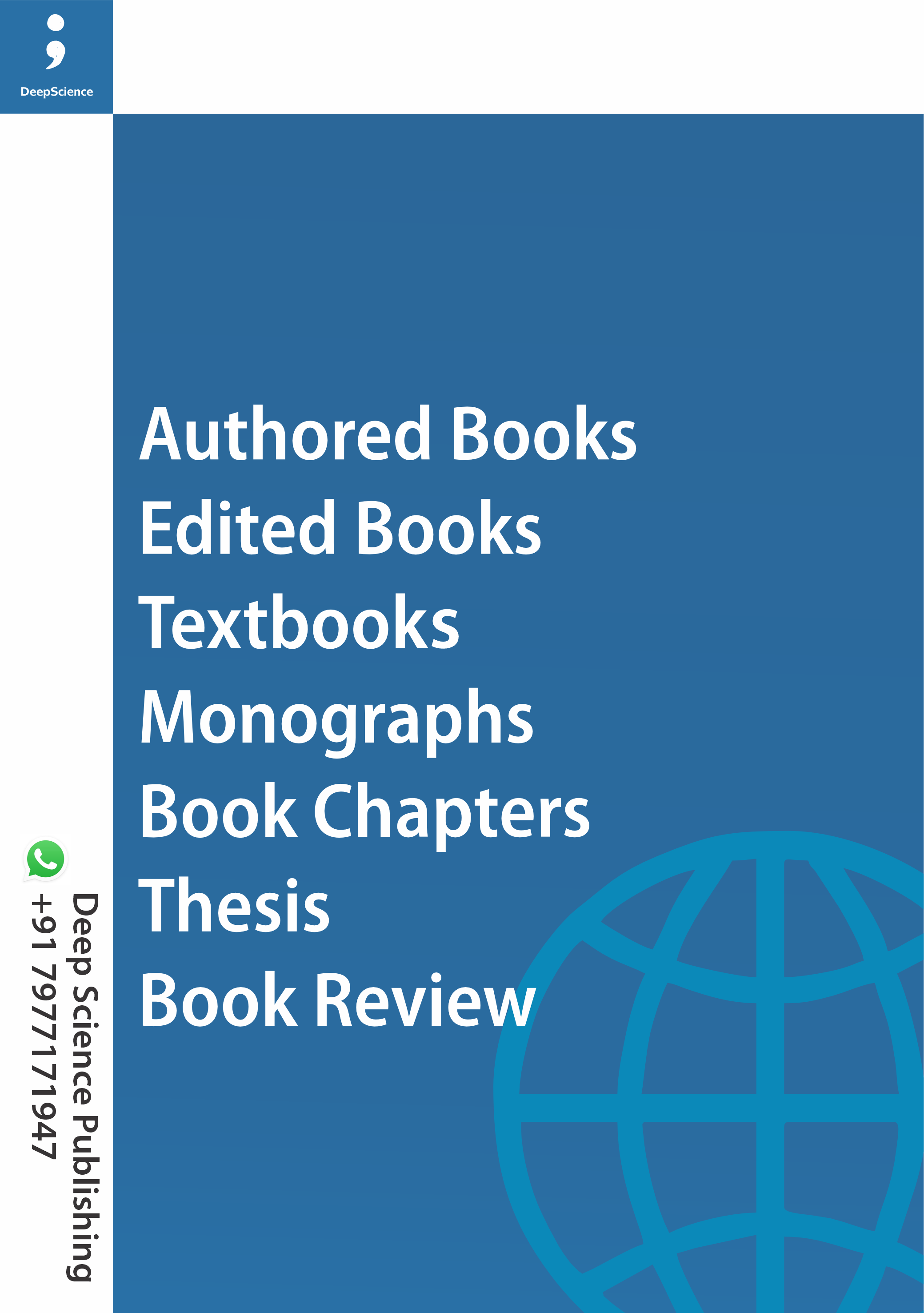Risk Management: Health Insurance System Sustainability, Parametric Risk Transfer, and Using Accelerated Supervised Machine in Life Insurance Underwriting
Keywords:
Risk Management, Life Insurance, Machine Learning, Artificial Intelligence, Predictive Modeling, Explainable Artificial Intelligence, Parametric InsuranceSynopsis
Chapter one: Health Insurance Systems and Pathways to Sustainability with Application on the Egyptian Health Insurance System
The quest for Universal Health Coverage (UHC)-ensuring all people access to quality health services without suffering financial hardship-is a central target of the United Nations Sustainable Development Goals (SDGs) (WHO, 2021). The architecture of a country's health financing system, particularly its health insurance mechanism, is the primary engine for achieving this aim. Well-designed systems promote equity, efficiency, and resilience; poorly designed ones exacerbate inequality, foster inefficiency, and are vulnerable to collapse.
Globally, successful health insurance architectures, whether based on social health insurance (e.g., Germany), single-payer models (e.g., United Kingdom), or hybrid systems (e.g., Canada), share common foundational pillars. These include mandatory universal coverage, pre-pooled financing, strong regulation, and strategic purchasing. Conversely, systems that fail to institutionalize these pillars, such as the historically fragmented model in the United States, struggle with uninsurance, underinsurance, and the world’s highest health expenditures despite suboptimal outcomes.
Chapter Two: Parametric Insurance as a Transformative Financial Mechanism to Bridge the Gap Between Total Economic Losses and Insured Losses and Building Canada's Economic Resilience
This chapter explores parametric insurance as a transformative financial mechanism to bridge this protection gap and bolster Canada's economic resilience. By providing rapid, transparent, and predictable payouts based on objective triggers, parametric insurance can stabilize incomes, ensure business continuity, and reduce the fiscal burden on governments in the immediate aftermath of a disaster.
Chapter Three: Using Accelerated Supervised Machine Learning Algorithms (ASMLA) as a Tool in Life Insurance Underwriting..35
This chapter applies Accelerated Supervised Machine Learning Algorithms (ASMLA), a method employed by various researchers, to enhance underwriting efficiency. We implement different ASMLA models combined with optimized preprocessing techniques to accelerate and improve risk assessment in life insurance underwriting. Accelerated underwriting relies on both traditional and non-traditional, non-medical data used within predictive models or machine learning algorithms to perform some of the tasks of an underwriter. This chapter investigates the application of Accelerated Supervised Machine Learning Algorithms (ASMLA) for risk classification in life insurance underwriting. Utilizing a synthetic dataset of 100,000 applicants, the study successfully categorizes individuals into four distinct risk tiers. The results indicate that the models achieve not only a high degree of predictive accuracy but also maintain explainability, underscoring the potential of ASMLA to render the underwriting process both more efficient and equitable.
Chapter Four: Selecting the Optimal Tool(s) of Risk Management
This case presents a simulated business facing a known probability of fire-related losses. The person responsible for risk must evaluate five distinct alternatives: from total self-insurance to various insured options. A key alternative involves a proactive loss control intervention—the installation of a sprinkler system—that fundamentally alters the risk profile. Each strategy presents a unique financial outcome, encompassing both direct expenses and the subjective toll of concern.
The purpose of this case study is to evaluate and compare nine risk management techniques using two separate decision-making criteria:
a) Minimum Expected Tangible Loss-focusing solely on measurable financial losses.
b) Worry Method-incorporating both tangible losses and assigned values for anxiety or uncertainty.
Chapters
-
Health Insurance Systems and Pathways to Sustainability with Application on the Egyptian Health Insurance System
-
Parametric Insurance as a Transformative Financial Mechanism to Bridge the Gap Between Total Economic Losses and Insured Losses and Building Canada's Economic Resilience
-
Using Accelerated Supervised Machine Learning Algorithms (ASMLA) as a Tool in Life Insurance Underwriting
-
Selecting the Optimal Tool(s) of Risk Management
References
Arias, E., Tejada-Vera, B., & Kochanek, K. D. (2023). United States Life Tables, 2021. National Vital Statistics Reports. National Center for Health Statistics.
Gunja, M. Z., Gumas, E. D., & Williams II, R. D. (2023). *Mirror, Mirror 2023: Reflecting Poorly — Health Care in the U.S. Compared to Other High-Income Countries*. The Commonwealth Fund.
Himmelstein, D. U., Campbell, T., & Woolhandler, S. (2020). Health Care Administrative Costs in the United States and Canada, 2017. Annals of Internal Medicine, 172(2), 134–142.
Keisler-Starkey, K., & Bunch, L. N. (2023). Health Insurance Coverage in the United States: 2022. U.S. Census Bureau.
KFF (Kaiser Family Foundation). (2023, November 1). The Coverage Gap: Uninsured Poor Adults in States that Do Not Expand Medicaid.
Lopes, L., Kearney, A., Montero, A., & Hamel, L. (2022, June 14). Health Care Debt in the U.S. KFF.
OECD (2023). Health at a Glance 2023: OECD Indicators. OECD Publishing.
OECD (2023). OECD Health Statistics 2023. OECD Publishing.













